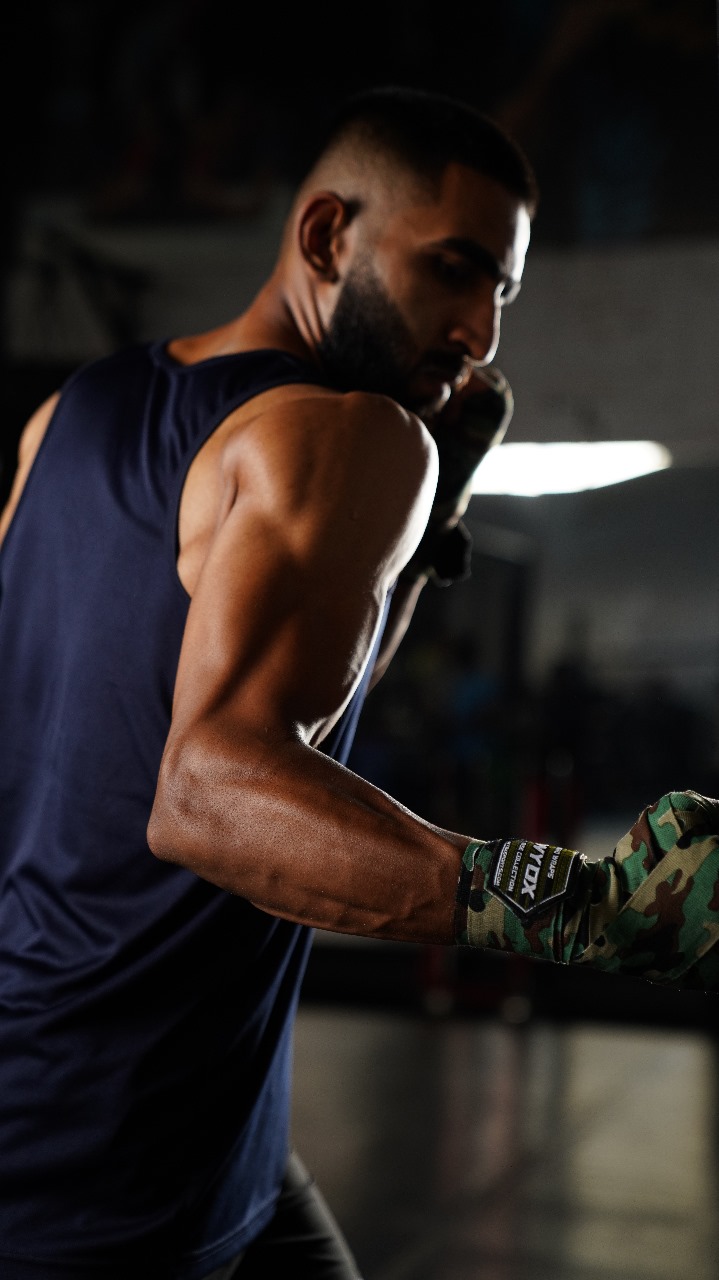
introduction
Ever felt your grip give out before your muscles do during pull-ups? You’re not alone. Pull-ups are one of the most effective bodyweight exercises, but they can be tough on your hands. Between calluses, sweaty palms, and slipping mid-rep, it’s no wonder many athletes look for ways to improve their performance. That’s where gear like pull up gloves comes into play.
But before you add another item to your gym bag, let’s explore what these gloves actually do, whether you need them, and how to choose the right pair.
Why Grip Strength Matters
Your grip is often the first thing to fail during a set of pull-ups, especially as you get stronger. The muscles in your hands and forearms tire faster than your back and biceps. This limits how much you can train, even if the rest of your body could handle more.
By improving grip support, you’ll:
-
Do more reps
-
Reduce hand fatigue
-
Protect your skin from blisters and calluses
While chalk helps, it doesn’t offer the same protection and support as gloves, especially for beginners or high-volume pull-up workouts.
Do You Really Need Gloves for Pull-Ups?
The short answer: it depends.
If you:
-
Struggle with grip
-
Get painful calluses
-
Sweat a lot during workouts
-
Use metal or rough pull-up bars
…then gloves could make a big difference.
However, not everyone needs them. Some advanced athletes prefer to go barehanded to develop raw grip strength and tactile feedback. That said, there’s no shame in using tools to push your performance forward.
What to Look for in Workout Gloves
Not all workout gloves are created equal. If you’re considering buying gloves for your pull-up sessions, look for the following:
✔️ Comfortable Fit
-
Snug but not restrictive
-
No pinching or slipping during movement
✔️ Breathability
-
Mesh or ventilated material helps prevent sweaty palms
✔️ Wrist Support
-
Some gloves include straps that stabilize your wrists—great if you’re prone to strain
✔️ Padding in the Right Places
-
Palm padding should be thick enough to protect but thin enough not to block movement
✔️ Easy On, Easy Off
-
Velcro closures are popular for quick adjustments during workouts
Take your time to read reviews and check sizing charts before you order. A poor fit will hurt your performance more than help.
Pros and Cons at a Glance
Benefits
-
Protects hands from wear and tear
-
Enhances grip and comfort
-
Boosts confidence during heavy reps
Potential Downsides
-
Can reduce direct contact with the bar
-
Might mask grip weakness in the long term
-
Poor-quality gloves can wear out quickly
Gloves vs. Grips vs. Bare Hands
Here’s how different options compare:
| Feature | Gloves | Grips | Bare Hands |
|---|---|---|---|
| Grip Support | High | Medium | Low (natural) |
| Skin Protection | Excellent | Good | None |
| Feedback | Medium | High | Highest |
| Learning Curve | Easy | Moderate | Varies |
Choosing the right tool comes down to your goals, experience, and comfort preferences.
Care Tips to Keep Gloves Fresh
To extend the life of your gloves and keep them odor-free:
-
Let them air dry after each workout
-
Wipe with antibacterial spray or mild soap
-
Avoid storing in sealed bags when wet
-
Wash according to manufacturer instructions
Well-maintained gear lasts longer and performs better.
Final Thoughts: Train Smarter, Not Just Harder
At the end of the day, workout gear should support your training, not distract from it. Whether you’re just starting out or chasing your next personal record, the right accessories can help you stay consistent, safe, and motivated.
If your hands are holding you back during pull-ups, it might be time to consider an upgrade. One thoughtful addition—like pull up gloves—can be the small change that makes a big difference in your progress.
Ready to strengthen your grip and protect your palms? Start your next session with gear that supports your goals.